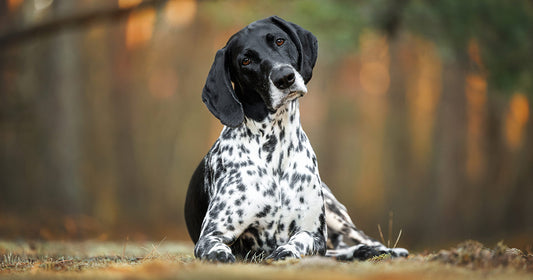What is a dog food allergy?
A dog food allergy is the result of the immune system mistakenly perceiving a harmless substance, typically a food protein, as something dangerous to the body. The immune system will then fight this protein, known as the allergen, by over-producing antibodies to attack it. The next time the dog consumes this protein, the immune system is ready, and it reacts by releasing histamine and other chemicals which trigger symptoms of an allergic reaction.
What are common dog food allergy symptoms?
- Excessive scratching or licking due to itchy skin (especially around the face, muzzle, paws, ears, armpits, and hind area)
- Hot spots, skin rashes, or hives
- Chronic ear infections or inflammation
- Sometimes nausea or vomiting
Dog food allergies should not be confused with food intolerances. An intolerance is when the digestive system does not digest a specific ingredient properly. Symptoms of a dog food intolerance can include gas, bloating, diarrhea, nausea, and vomiting.
What dog food options are there for dogs with chicken allergies?
For canines with chicken allergies or sensitivities, we recommend a Lamb and Salmon dog food, such as our Native Level 1 or Native Level 2.5. These high protein dog foods can still provide the level of nutrition and fuel they need, while tailoring to their specific needs.
Can dogs with chicken allergies eat chicken fat?
Canines with chicken allergies can still consume chicken fat, because protein is actually the primary allergen in chicken for dogs. If your dog has a chicken allergy, they are allergic to the protein in the chicken, not the fat. Therefore, the chicken fat in Native Level 1 and Native Level 2.5 (which contains no protein) should not trigger an allergic reaction and can be included in your dog’s diet as a fat source.
For more information on which Native Level will best fit your dog, or questions about our products, please contact our Inside Sales Team.



